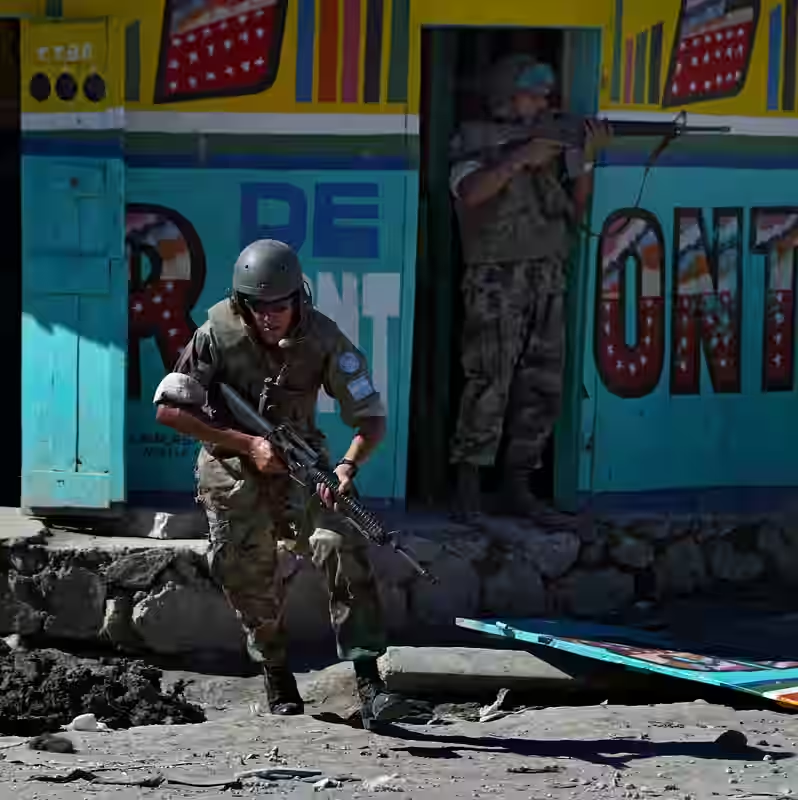In a desperate bid to quell a nation on the brink of collapse, the United Nations Security Council has greenlit a formidable new military and police force for Haiti. But with a staggering 1.3 million people internally displaced and gang violence spiraling out of control, the critical question remains: who will actually show up to fight?
The UN’s Bold Move
On Tuesday, September 30, 2025, the Security Council voted to establish a new ‘Gang Suppression Force’ for Haiti, authorizing a contingent of up to 5,500 soldiers and police officers. This resolution marks a significant escalation in the international response to a crisis that has paralyzed the country’s political and economic life .
What We Know About the New Force
- Mission: To directly combat and suppress powerful armed gangs that control large swathes of the capital, Port-au-Prince, and other key regions.
- Size: A maximum of 5,500 personnel, including both military and police units.
- Urgency: The UN reports that at least 5.7 million Haitians are facing acute food insecurity due to the violence .
The $64,000 Question: Who Will Send Troops?
While the mandate is clear, the path to its execution is shrouded in uncertainty. The resolution itself does not name any specific country as a contributor, leaving a massive gap between authorization and action.
Historically, UN peacekeeping missions in Haiti have drawn from a diverse pool of nations. Past missions like MINUSTAH saw contributions from countries across Latin America, Asia, and Africa .
Potential Contributors: A Glimmer of Hope?
Earlier in 2024, a handful of nations signaled their willingness to participate in a security mission for Haiti. These include:
| Region | Countries |
|---|---|
| African | Kenya, Benin, Chad |
| Caribbean | The Bahamas, Jamaica, Barbados |
| Asian | Bangladesh |
Source: Previous pledges for a Haiti security mission [[10], [11]]
However, it is unclear if these pledges still stand for this new, more robust, and potentially more dangerous ‘suppression’ mandate.
The Human Cost of Inaction
The need for immediate intervention is dire. Gang violence in Haiti has reached catastrophic levels in 2025.
- Nearly 5,000 people have been killed in just the first nine months of 2025 .
- Over 1,500 people were killed in a single three-month period between April and June .
- Gangs have been accused of widespread human rights abuses, including sexual violence and the forced conscription of children .
The humanitarian crisis is deepening, with violence spreading to new regions and disrupting all facets of daily life .
What’s Next for Haiti?
The success of this UN resolution hinges entirely on the willingness of member states to commit their personnel and financial resources. Without concrete contributions, the 5,500-troop force will remain a paper tiger, offering little more than false hope to a population living in terror.
[INTERNAL_LINK:Haiti] now stands at a crossroads. The international community has provided the legal framework for action; the world now waits to see if it has the collective will to follow through.




